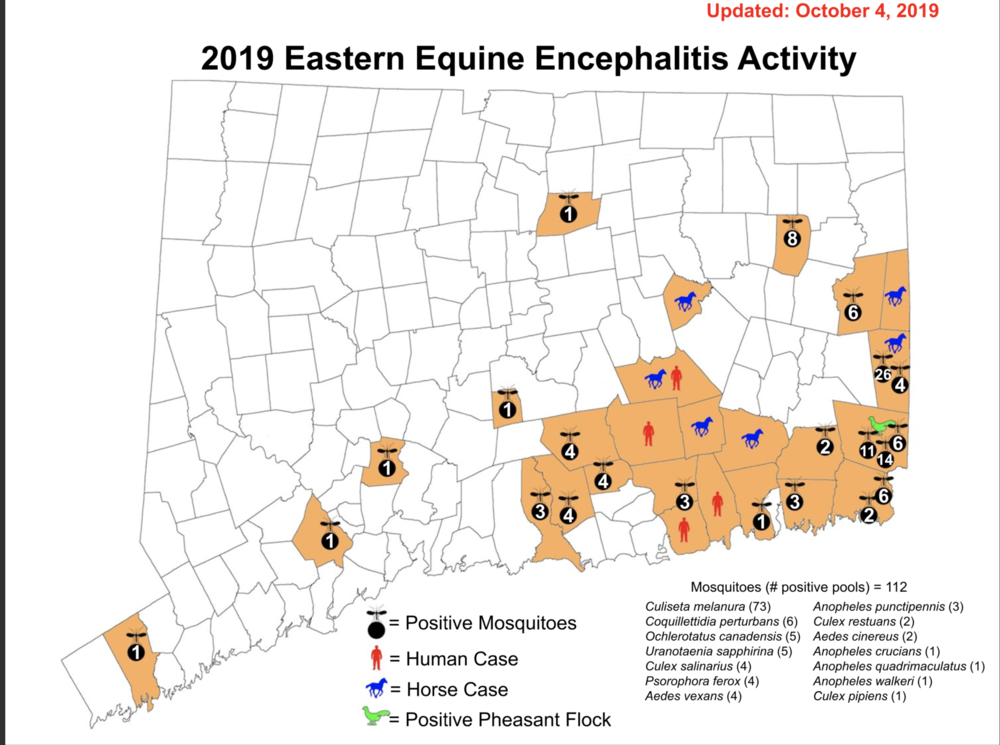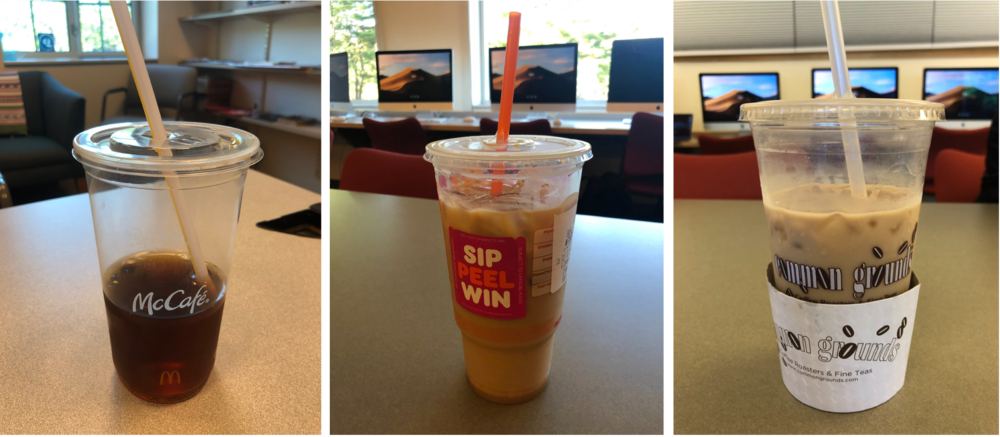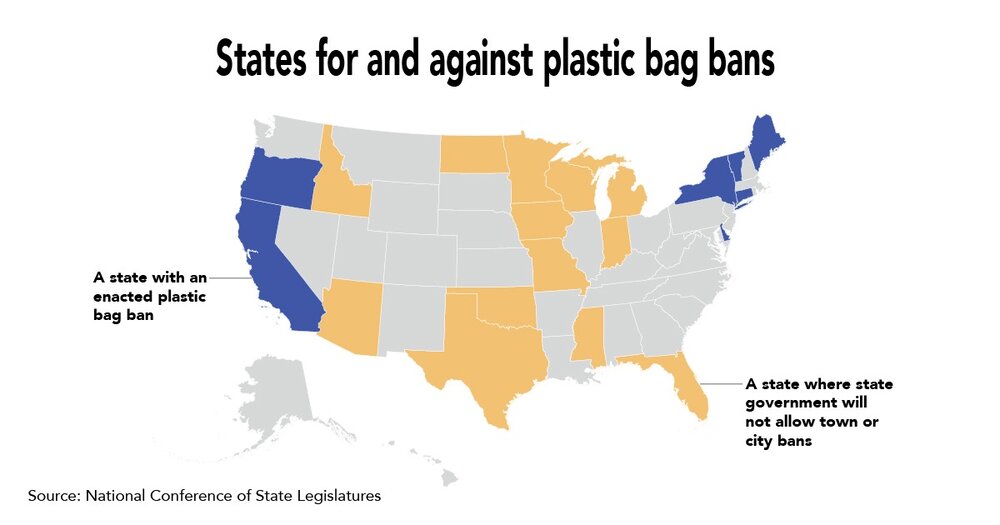
Photo by: Jordan Wolff (Quinnipiac has two Bobcat statues, this one is located on the York Hill Campus outside of the People’s United Center)
The NCAA has 347 Division I schools, and Quinnipiac University is one of them. Quinnipiac started out in the NCAA’s second highest conference known as Division II and has faculty and coaches who can describe what the transition process was like.
One of those members is Senior Associate Athletic Director Bill Mecca. For the last 41 years, Mecca has served as an assistant men’s basketball coach (1978-91), head tennis coach, assistant director of athletics and head men’s basketball coach (five seasons).
The one thing that’s resonated with Mecca is Quinnipiac’s increase in population.
“Back In 1978, Quinnipiac had probably around 1100-1200 students and if you could spell Quinnipiac back in the day, then I probably gave you an academic scholarship,” Mecca said. “In terms of where we were academically, we weren’t even close to where we are now.”

Canva By: Jordan Wolff
Photos Courtesy of Quinnipiac Athletics: Quinnipiac Athletics five coaches who’ve been a part of the University for over 20 years. Four of them had no previous affiliation with Quinnipiac, except for Dave Clarke who graduated with a Master’s Degree in 2010.
In 2019, Quinnipiac has 21 Division I athletic programs, five coaches who have 20-year tenures, and a staff of 38 members. It has a soccer, field hockey and lacrosse complex built in 2017 and a rugby team that plays on campus. The York Hill campus has a re-named People’s United Center (from TD Bank) dedicated to hockey and basketball.

Courtesy of Quinnipiac Athletics: Athletic Director Greg Amodio is speaking at the inaugural reception of the new Soccer, Field Hockey and Lacrosse complex opened in the fall of 2017.
The gradual transition started in the mid-1990s.
In 1995, Quinnipiac programs were in Division II athletics. The school was known as Quinnipiac College, and the mascot was the Braves.
Quinnipiac College took a chance, as they hired Fairfield Stags alum Tricia Fabbri as their first full-time female head coach.

Courtesy of Quinnipiac Athletics: Tricia Fabbri, then Patricia Sacca was hired from Fairfield University in 1995. She was inducted to the Fairfield University Hall of Fame in 1998.
“It was different back then because there were very few full-time coaches and administrators that made up the athletics department,” Fabbri said. “It was small, but I was really excited to put a program together because I was the first full-time female coach hired.”

Canva by: Jordan Wolff
The men’s programs remained the same throughout the history of Quinnipiac Athletics. The number women’s programs increased significantly, adding Indoor Track, Outdoor Track, Ice Hockey, Rugby, and Acrobatics and Tumbling.
In Fabbri’s first season, the Braves went 2-23 overall, 1-15 in conference and 1-13 at home. The Braves were also in the Northeast Conference (NEC) in which Fabbri details how difficult it was to navigate.
“The level when I initially started was not as competitive as it needed to be at that time,” Fabbri said. “I didn’t get out and start recruiting and we had a lot of ground to make-up, and not a lot of time to do it. There was a lot of catch-up to be done to get competitive in terms of resources from Division II to Division I to get in place.”
Besides the competitiveness, Mecca explained that Quinnipiac athletics didn’t have much exposure in Division II athletics.

Courtesy of Quinnipiac Chronicle: Mecca currently provides color commentary for Quinnipiac Athletics, along with hosting an annual Golf tournament named after him.
“Division II is one of those places in college athletics, where in my opinion you’re in no man’s land.” Mecca said. “My philosophy is either go Division III, where you’re focusing on the wellness of the athletes and the student-body. Or, go Division I where there is a commitment to go to the next-level.”
Division II was a place where Quinnipiac could still offer scholarships to athletes, but weren’t funded enough to be in the NCAA’s highest conference.
A part of going to that next level was Jack McDonald. McDonald was hired as the new athletic director in August of 1995, and had a chance to sit down with former Quinnipiac president John Lahey. In that discussion, McDonald was very candid on what direction the college needed to take.
“He thought that Quinnipiac’s academic reputation was national Division I-caliber and he’d like the athletic department to catch up to the academic reputation of the school,” McDonald said. “I thought that Quinnipiac would be a great Division I school.
Maybe not the upper echelon of Division I schools, but at the time there was about 321 Division I schools and Quinnipiac would easily fit among those group of schools.”
The men’s and women’s tennis teams each made their mark in 1996-97 (last year in Division II). The men’s team finished 18-1, and went 9-0 in conference play. They were inducted into Quinnipiac’s Hall of Fame in 2014.
The women’s team went 16-2 and also went 9-0 in conference play. They were also inducted into Quinnipiac’s Hall of Fame in 2014.
In 1998, Quinnipiac declared its intent for Division I athletics. McDonald still had some groundwork in front of him. He first had to see which conference Quinnipiac could start in.
McDonald said how Quinnipiac put out multiple applications, but it was ultimately accepted into the Northeast Conference. Another step was trying to elevate the Men’s Ice Hockey Program.
In 1998, McDonald founded a whole new league called the Metro Atlantic Athletic Conference Hockey League. The MAAC was the men’s ice hockey team’s first Division I hockey conference and it included AIC, Army, Bentley University, Canisius College, UCONN, Fairfield University, Holy Cross, Iona College, Mercyhurst University and Sacred Heart University. The Braves went 22-4-2 in its first season in the MAAC and lost in the semi-finals to Canisius College 5-2.
More change was upon the college two years later.
Part Two: Change the Game
In 2000, Quinnipiac changed its name from Quinnipiac College to Quinnipiac University. Quinnipiac expanded its programs and were now able to grant master’s degrees. Fabbri felt it was time not just for athletics, but for the entire community.
“I thought it was appropriate,” Fabbri said. “Lahey and his administration were growing the graduate programs here, so it was a very paralleled move to keep step in time that we are now broadening what we have to offer our students with moving from college to university.”
Some programs saw immediate results. The 2000 women’s soccer team went 13-6-1 and won the NEC tournament, while the Quinnipiac field hockey team went 12-8 overall and 10-2 in the NEC. Both programs respectively made the Quinnipiac hall of fame in 2010 and 2012. The Quinnipiac Hall of Fame is a place where the University honors there most impactful members, clubs, and athletic programs.
The men’s ice hockey program continued its rise in 2001, as they went 20-13-5. They went 15-6 in the MAAC and defeated Mercyhurst 6-4 in the MAAC title game to advance to its first ever NCAA tournament. They were also inducted into the Quinnipiac Hall of Fame in 2012.
McDonald also started to do some broadcasting duties for the Braves, and discussed how putting hockey games on TV affected the process.
“We wanted people to turn on NESN looking for a Bruins game and they’d see Quinnipiac playing UConn or Fairfield,” McDonald said. “Television was a great way of getting exposure for hockey in Boston and basketball in New York.”
Quinnipiac decided to adjust its mascot two years later. In 2002, they officially changed its mascot from the Braves to the Bobcats.
According to USHCO, this was a suggested move from Lahey as he noticed that Colgate University changed its name from Red Raiders to Raiders.
Quinnipiac Vice President of Public Affairs Lynn Bushnell, stated that, “Quinnipiac’s women’s teams were offended by the use of the Lady Braves moniker, and graphic representations-logos and mascots-were similarly burdened,” the release said. “The institution, out of concern for these sensitivities, had stopped using human representations of Native Americans years ago.”
According to a Quinnipiac Chronicle article by Viktoria Sundqvist, the university’s main factor of choosing Bobcats was due to how common they are in the New England area.
Fabbri remembers how important this adjustment was for the future of the university.
“I think that was a little bit to go with the sign of the times of being politically correct in what was happening in the landscape of college athletics,” Fabbri said. “It really fueled a conversation with Lahey and McDonald. I had nothing to do with making the decision, but I was happy with the move of going from Braves to Bobcats.
The athletics department was also going through transition as they hired Northeastern alum Mike Medina in 2004 as Assistant Athletic Director for intramurals.

Courtesy of Quinnipiac Athletics: Medina graduated with a journalism degree from Northeastern University and currently serves as Quinnipiac’s Director of Fitness and Recreation.
Hockey and basketball didn’t have an arena to play in and programs were still participating in the NEC. Programs were able to wear whatever uniform they desired, but Medina shared how that’s no longer the case.
“One of the things we’ve seen is how the Bobcat has evolved,” Medina said. “We’ve had a rebrand of some of the athletic marks, in particular with the Adidas contract that has started. Prior to that contract, all of our teams wore whatever uniforms they wanted. We’ve seen the consistency of the Bobcat stay, but we’ve seen these tweaks that’ve enhanced the image of the university.”
Part Three: blueprint for success
In 2006, the Quinnipiac men’s hockey team was admitted into the Eastern Collegiate Athletic Conference. A year later, approximately $52 Million was spent to design and open the TD Bank Sports Center on Quinnipiac’s York Hill campus.

Photo by Jordan Wolff: This was named the TD Bank Sports Center until September of 2017, as TD Bank’s sponsorship came to an end in favor of People’s United Bank.
Prior to that, Mecca revealed how the hockey team practiced at 11 p.m. on Sundays in East Haven. They had an opportunity to join the Eastern Collegiate Athletic Conference because Vermont decided to switch to the Hockey East conference. Mecca also shared how the university reacted when ECAC representatives came to visit the campus.
“We had put on emphasis on the fact that whatever we were going to do for the men, we would also do for the women,” Mecca said. “They brought bulldozers there and parked it on the side of the road. As they were driving people by in the car to show them where we we’re going to build this state-of-the-art facility, there was this bulldozer that wouldn’t start. It was on the side of the hill, signaling that we were ready to go,”
In 2009, Quinnipiac added a women’s rugby team. They won back-to-back-to-back national championships in their 10-year history.
The rugby team won its first and the inaugural varsity championship in 2015, defeating Army West Point 24-19. Quinnipiac Assistant Director for Athletic communications Nick Solari was a junior journalism major at the time, and remembers how special it was seeing it in person.
“Coach (Becky) Carlson has done a great job with that group,” Solari said. “It wasn’t your typical show up to the game and report on what you see. For the longest time, everyone associated men’s ice hockey as the team going to the national championship. They went to two frozen fours when I was a student there. Simultaneously, women’s rugby was competing for national championships too.”

Courtesy of Quinnipiac Athletics: Solari attended Quinnipiac from 2012-16, along with covering sporting events for the Quinnipiac Chronicle.
How does everything stand today? The Bobcats saw 21 conference championships and 33 NCAA championship appearances in McDonald’s tenure.
Each program elevated to the Metro Atlantic Athletic Conference in 2013, with the field hockey team joining the Big East conference that includes the #1 UConn Huskies in 2016.

Courtesy of Quinnipiac Chronicle (Photo by Anna Brundage): The Quinnipiac 2012-13 Hockey team’s reaction after loss to Yale
The men’s ice hockey team made it to the Frozen Four in 2013. Quinnipiac scored 1:49 into the game and added two more goals in the first period, to make it a 3-0 lead. They held on by a final of 4-1 to advance to its only NCAA championship game.
They faced their in state rival Yale Bulldogs, and were tied 0-0 entering the second period. Yale’s Christian Bourbonais scored with four seconds left in the period to make it a 1-0 game. Yale scored three unanswered goals to win by a final score of 4-0.
The women’s basketball program has won 52 straight conference games and had a memorable run in 2017. They advanced to its first NCAA tournament, where they upset the #5 Marquette 68-65 in the first round. They faced #4 Miami in the round of 32, and won 85-78 to make it to the Sweet 16.
The Quinnipiac baseball team had a historic 2019 season. They faced Fairfield in the MAAC championships and it went to extra innings tied at five. In the bottom of the 13th, junior infielder Evan Vulgamore scored on a wild pitch to send Quinnipiac to its second ever NCAA tournament.
The Bobcats traveled to Greenville, North Carolina to face the #10 East Carolina Pirates. Quinnipiac got out to a 2-0 lead with a homerun from Vulgamore. East Carolina stormed back to make it a 3-3 game, but the Bobcats senior outfielder Liam Scafariello hit a go-ahead two-run homerun to make it a 5-3 game. Quinnipiac held on to win its first ever NCAA tournament game.
The numbers show that success has come with athletic expansion, McDonald still wants athletics to continue its aggressive nature.
“One of my mottos is even if you’re on the right track, if you just stand there you’ll get run over,” McDonald said. “Whenever you’re winning games or having success, you never stop thinking ahead. You can never stop advancing yourself in any phase of life, not just athletics. It’s important to keep moving forward.”


 Game Time Change
Game Time Change 






